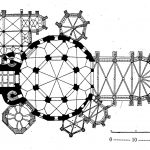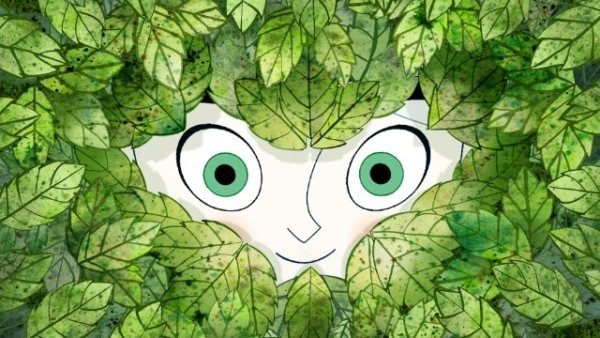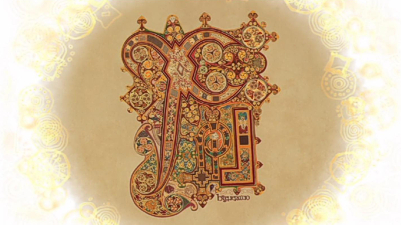Beowulf is the longest Old English epic poem that we have recorded. It might also be the most famous epic in Old English. Yet, the poem as it exists today is only written on a single manuscript. This is, of course, excluding the numerous copies that have been translated, reproduced, and republished. On the manuscript, there is no author's name to be found, nor a completion date. Scholars still argue about when it was published. J.R.R. Tolkien, a scholar of the old texts and Old English, places it in the 8th century (Tolkien also has his own translation of the poem, which was published recently). Others say it was written as late as the 11th century.
The story is set in the 6th century and exhibits many traits of pagan ideology and traditions. However, the story is an amalgamation of paganism and Christianity, and references to both can be seen throughout the poem. The poem also exhibits traits of the oral tradition. Epic poems were often sung or recited as entertainment, because the poetic form was more easily remembered. The poem begins in media res ("into the middle of things"), which suggests this story is one that is being told. So, it is believed that through much retelling throughout the years, it evolved and absorbed Christianity along with the already older pagan ideals. This also means multiple versions of the story have existed, even just through the oral tradition.
Despite all of this mystery behind it, Beowulf is highly regarded. It exists in numerous translations and in many languages. Plenty of film adaptations of the work have also been made, although mostly poorly.
As I mentioned before, it isn't just the action that makes this story. Through its strong representations of warrior culture, it can give us a clearer view of some of the ideals of the time. The titular character defeats the monster Grendel, Grendel's mother, and then later a dragon. The battling and culture in the story show us manhood was hinged on being strong and mighty, because the hero Beowulf was the ultimate example of a man.
However, if you read the story through the women characters it is much easier to critique that very culture. The women characters, Grendel's mother and Hildeburh (a woman in a song one of the character sings), are affected by the warrior culture in horrible ways, as they both lose family members to battles and war. The loss and harrowing sadness they felt is such a jarring shift from the protagonist's efforts to fight and slay. It shows us the story is not a simple one, but it offers multiple perspectives of the life of war.
Beowulf shows that literature a millennium old can still offer unique and compelling accounts of the human condition. As we read the accounts of these people from the past, and of 'monsters' battling the hero, it also reveals that our humanity cannot be bound by time, and is not something found within our DNA. It connects us to the people of the past, and shows that we aren't much different now.
________________________________________________________________________________
Sources:
Acocella, Joan. "Slaying Monsters." The New
Yorker. June 2, 2014. Accessed September 15, 2016.
http://www.newyorker.com/magazine/2014/06/02/slaying-monsters.
"Beowulf - The British Library Shop." The British Library. 2014. Accessed September 15, 2016. https://www.bl.uk/collection-items/beowulf.

















